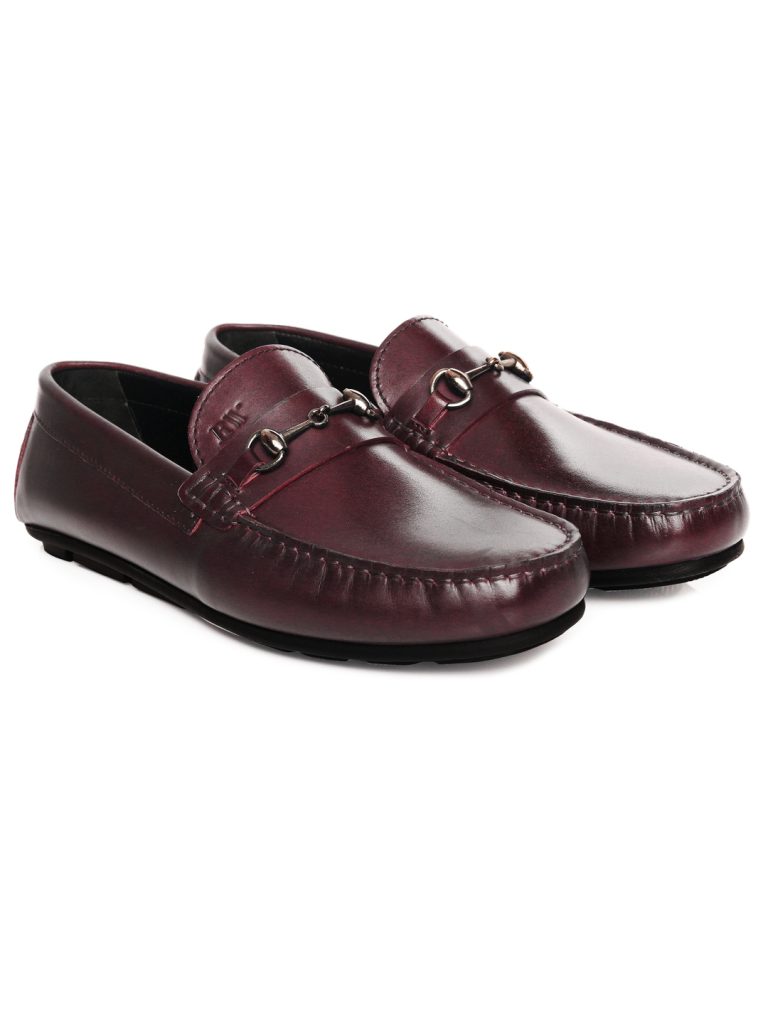Russia’s Leather Shoe Manufacturing Heritage: A Deep Dive into History
During the excavations of Nerevskij End remnants of beamhouses and shoemakers’ stores were discovered. The site also contained shoes made of leather dating to the 11th-16th century.
The process of making leather for shoemaking began with a bath. The hide was cleansed of all remaining subcutaneous and flesh tissue with iron adzes.
Russian shoemaking traditions
In the 12th century, shoemakers started to use different types of bast. Tree bark was cut (birch, linden, oak, or elm) and then mixed with bast. It was then stored for a while. The bark was later separated into strips, and then used to weave lapti. The strips were made by either diagonal or straight weaving and the shoes were embellished with embroidering or stamping.
Lapti was the primary shoe for the commoner. They were characterized by their ease of use and comfort and the possibility of being manufactured quickly and at a very low cost. They were worn to the time of the Russian Civil War. Following that the mass production of leather shoes was manufactured to replace them.
Porshni was a low-heeled shoe that were in fashion during the 16th-17th centuries. The remains of this type of shoe have been discovered in urban excavation layers, however, they were not often discovered in the earth. They were also made from ox rawhide, but they had a felt upper with a leather bottom.
Industry of leather shoes in Russia
The 10th–11th centuries were when Novgorod tanners produced rawhide [Rus. The rawhide was not made into a tanned product, but was rather kneaded in fat and then soaked. Using it, leatherworkers made belts, tackle, and a simple kind of footwear known as “bog shoes” [Rus. porshni]. The the symmetrical shoe (left and right) found in the excavations suggest that the shoemakers used a special last to shape the stone.
It is important to note that the first bog footwear had printed patterns on their sides similar to the decorative design of a pouch (Rus. kosheliok, koshelek). This was a common way to embellish leather. Later, the designs were made with silk or wool thread.
Novgorod is where the oldest Mulgati leather shoes preserved in Russia have been discovered. They were distinct from each other: some were low and ascended to the ankle; others were fitted with a collar around the ankles, similar to boots. Many pair of these shoes were owned by nobles and boysars as that were depicted on art monuments.
Lapti were a popular form of footwear worn by the peasant population of the middle ages of Russia. Old, ragged lapti would be hung from fences or inside houses to repel any evil spirits that a new guest could bring. Old lapti can also be utilized to move the domovoi, or house spirit, from one home to another in the course of a move.

Evolution of Russian leather shoes
The archaeological evidence suggests that Novgorod shoemakers made shoes for all classes of citizens such as peasants and artisans. They also made shoes for the wealthy boyars and princes, as depicted on monuments to art. The skill of shoemakers improved noticeably between the 11th and 12th centuries. The simpler carving and embroidery of earlier shoes were replaced by intricate openwork designs.
The 13th century witnessed the introduction of soft shoes (Rus. porshni]. Remains of these shoes with flat soles were discovered in the burial mounds of Vjatichi. The upper, sole bootleg and heel quarter of these shoes are made from a more flexible leather that is more flexible than the sole. Between these two halves, a lining [podnariad or podnarjad] is stitched.
The Russian leather (lapti) used in these shoes is an distinctive characteristic. The leather was made from animal hides tanned with barks from oak, birch, linden and other trees. The leather was renowned for its durability as well as its distinctive scent and distinctive hatched texture.
In the 16th and 17th centuries, new styles of footwear were introduced into Europe (valenki). The 19th century saw these boots grew to be basic winter footwear for Russian peasants. These boots are still worn in traditional Russian clothes and have become a symbol of Russian culture. The shoes are made from premium natural leather. They feature an asymmetrical last that corresponds to the shape of the foot. This leaves room for the toes.
Russian shoe brands
Leather shoe production in Russia makes up more than 10% of the industry for footwear. It is among the largest industries that is expanding due to the growing demand for top-quality leather shoes. To satisfy this increasing demand several companies have emerged in the area of leather shoe production in Russia. This includes the Vakhrushi-Litobuv as well as Technoavia companies and both are based in Yoshkar Ola.
Vakhrushi-Litobuv is the most renowned manufacturer in Russia of safety footwear made from leather. It provides its products to Mosvodokanal>> Management Company LLC, North-West>> PJSC as well as the Bashkiravtodor>and Bashkiravtodor JSC enterprises. The company also sells a wide range of casual shoes made of leather.
Technoavia is a full-cycle shoe manufacturing company that has been in operation since 1992. The plant in Yoshkar-Ola is outfitted with four Desma injection molding machines which allow it to make footwear that has PU/PU or TPU bottoms. Technoavia also makes the sole safe boot made of leather that is insulated in the nation.
The company has been one of the first companies to utilize “Russian leather”, which is made from hides of Southern German cattle and is sealed with oil and wax. This leather has a deep shade that ranges from deep claret to sienna, and it has a distinctive sweet aroma. It is extremely robust and resistant to staining.